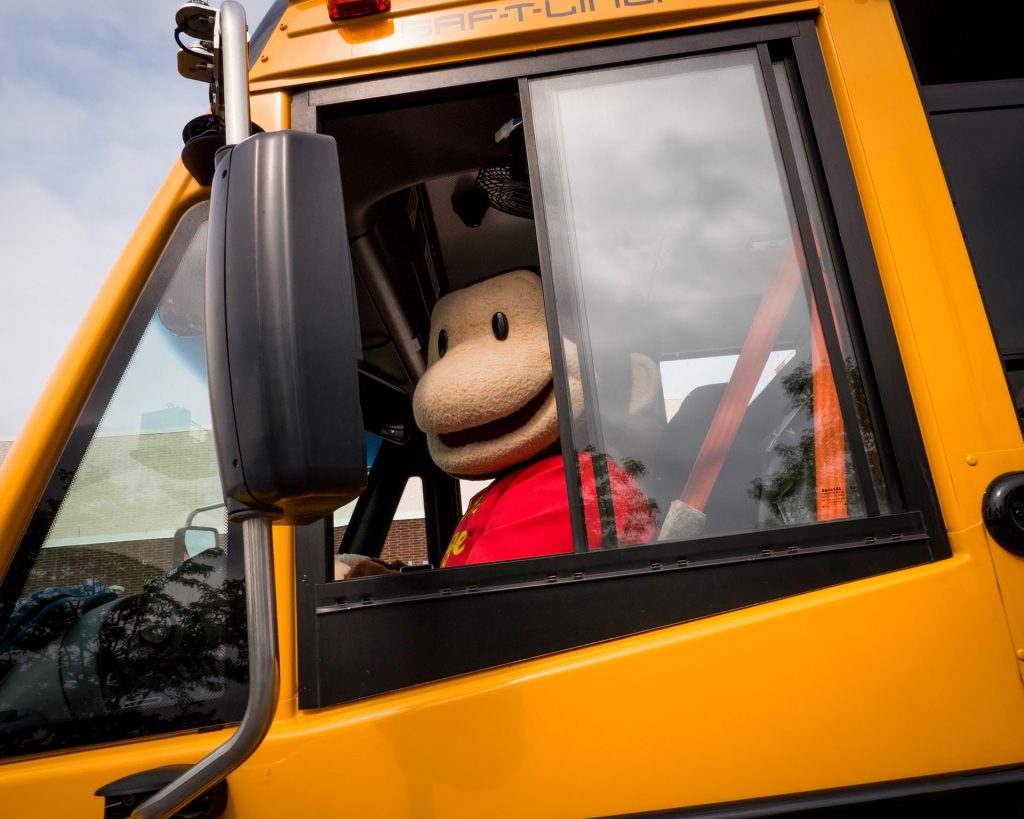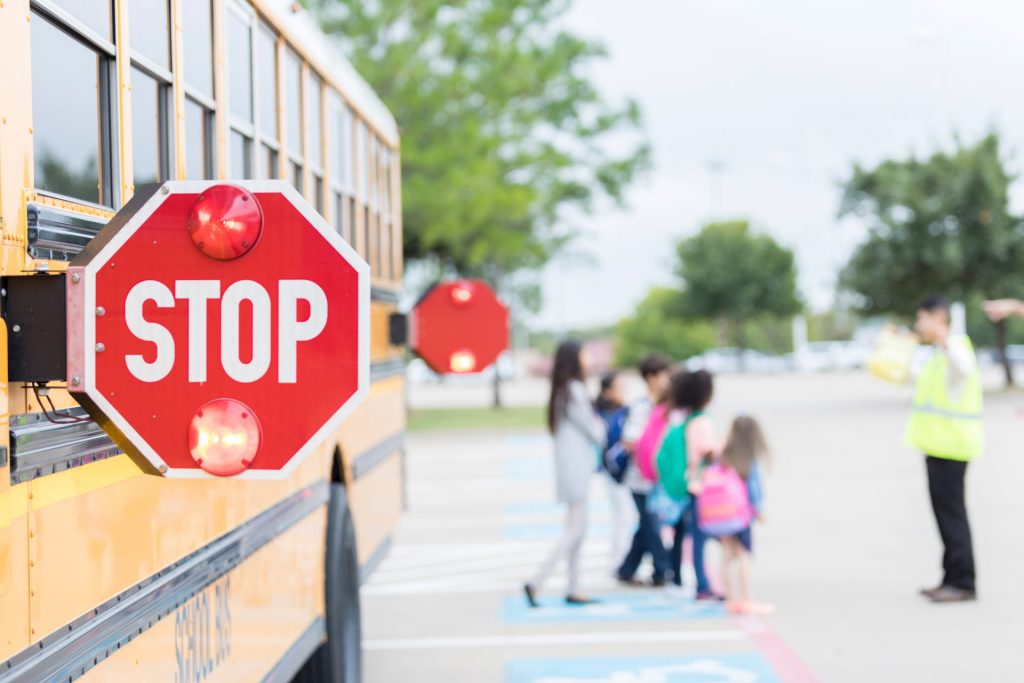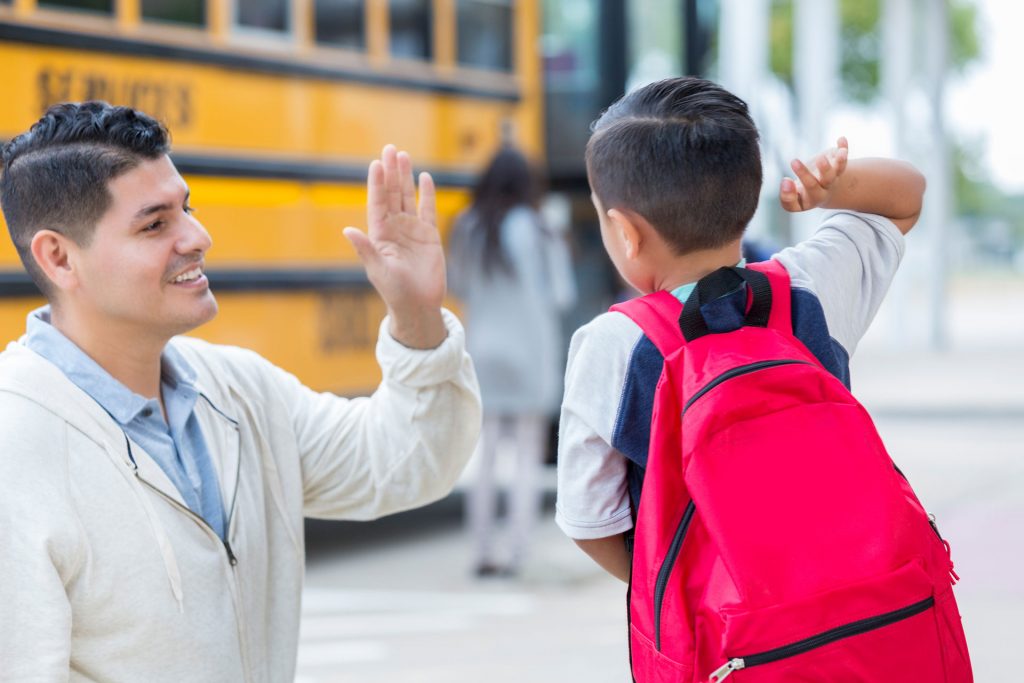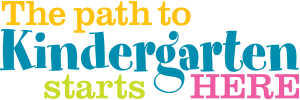
What does it mean to be "ready" for kindergarten?
All of us want our children to have the very best start in life. Being “ready for kindergarten” can feel difficult to define. Teachers and parents can have different ideas about what that means. Your child may also wonder what that means.
Ask your school district what their goals are for kindergarten entry. These goals can help you shape some home experiences. If your child is in child care or pre-K, share that with her teachers there as well. In every case, these are goals and you shouldn’t feel discouraged if there are things your child doesn’t do regularly yet. These goals help teachers shape classroom experiences to meet your child’s needs.
Here are some things you can do at home:
Use Math
Math is all around us and pointing out real reasons to use math and math language helps your child link mathematics and real life. Math is more than flashcards!
Ideas to Try
- Ask your child to set the table for mealtime. Encourage him to think how many plates, forks, spoons, etc. he needs so that everyone has the correct items.
- Look for patterns in clothing, nature, and buildings. Helping your child see patterns assists her in thinking like a math star.
- Use number words and point out written numerals as you cook or grocery shop with your child.
- Have your child make mathematical guesses. How many scoops of sand will fill up a margarine tub? Ask your child to guess, then try to see if she was right.
- Measure, measure, measure. Measure plants growing in the garden. Trace your child’s shadow and measure it. Try using traditional measuring tools like a ruler and non-traditional measuring tools like your child’s hand print.
Think Like a Scientist
Scientists make observations, ask questions and help solve problems. Sounds like a kindergartner! Encourage your child to be a problem solver by allowing lots of choices during the day.
Ideas to Try
- Play I Spy or 20 Questions to encourage your child to use his observation skills and use logic.
- Go on nature walks and listen for the different kinds of sounds that you hear.
- Have your child care for a plant or a pet. Support your child as she learns about what is expected. Try placing a lima bean in a wet paper towel inside a partially closed Ziploc bag. Watch the root system develop.
- Cook with your child. From making Jell-O to dinner, the experience is great fun for children and feels very grown up.
Safety First
As kindergartners, children are taking the first steps into the “big kid” world. Help them to be safe on the journey by establishing a few safety rules.
Ideas to Try
- Discuss with children your thoughts about how to be safe as they go to and from school. Discuss bus safety and crosswalks.
- Always, always, always wear a helmet on your bike, scooter, or skateboard. Children can decorate their helmet with stickers to make it more fun but insist that they wear it.
- Make sure you make school administrators and teachers aware of any allergies your child has and ask about allergies for play date friends, too.

Get Moving
After being asked to sit and pay attention, there are few things your child’s young body wants to do besides move around! Give your child lots of encouragement to run and play when they get home with you.
Ideas to Try
- Put on your child’s favorite music and have a dance party while you are making dinner.
- Suggest that your child move like different animals – slither like a snake, fly like a bird, hop like a rabbit. Ask your child to think of an animal in her head and try to guess what animal it is based on how she moves.
- Draw a sidewalk chalk road on your sidewalk and ask your child to ride his bike or scooter between the lines. Don’t forget your helmet!
Making Friends
Making friends is one of the greatest parts of growing up and good experiences can help lay the foundations for friendships later in life. But like everything else, making friends takes practice. Here are some ways you can help.
Ideas to Try
- Practice helping your child introduce herself. Encourage your child to share her name and ask for the other child’s name at the pool or playground.
- Read books that talk about friendship. Books by Kevin Henkes, especially Chrysanthemum and Wemberly Worried are great!
- Play games together. They are a good way to have your child practice taking turns, an essential skill for school and friendship-making!

Calming First Day of School Jitters
Being nervous or frightened on the first day (or first few days) of school is normal. Here are some tips to help make the transition a little easier:
Ideas to Try
- Visit and tour your child’s new school before the first day. Find the important things – his classroom, the bathroom, the cafeteria, and the play ground.
- Start a routine a week or so before school starts to practice getting up at the necessary time for school.
- Ask your child what her concerns are about the first day. Talking together helps us all feel a little better.
- Make bracelets with your child – he wears one and you wear one on the first day. You can both look at your bracelet and remember how much you love each other all day.
